Top 10 IP tips for fashion brands
When exploring a new pursuit or idea in the fashion industry, there are lots of points which you should make sure to consider early.
However, with the right information – and professional help – these don’t need to be barriers to success
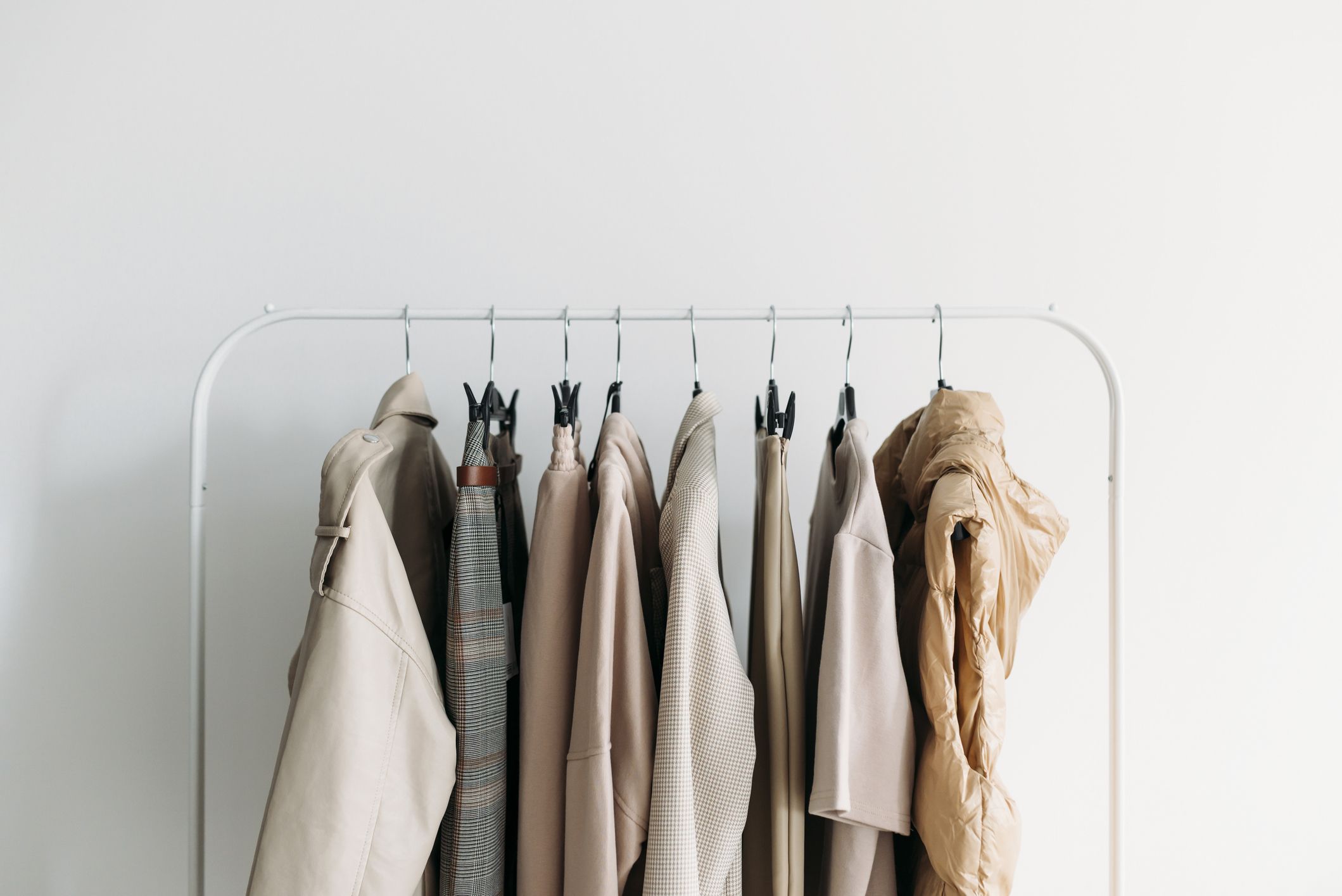
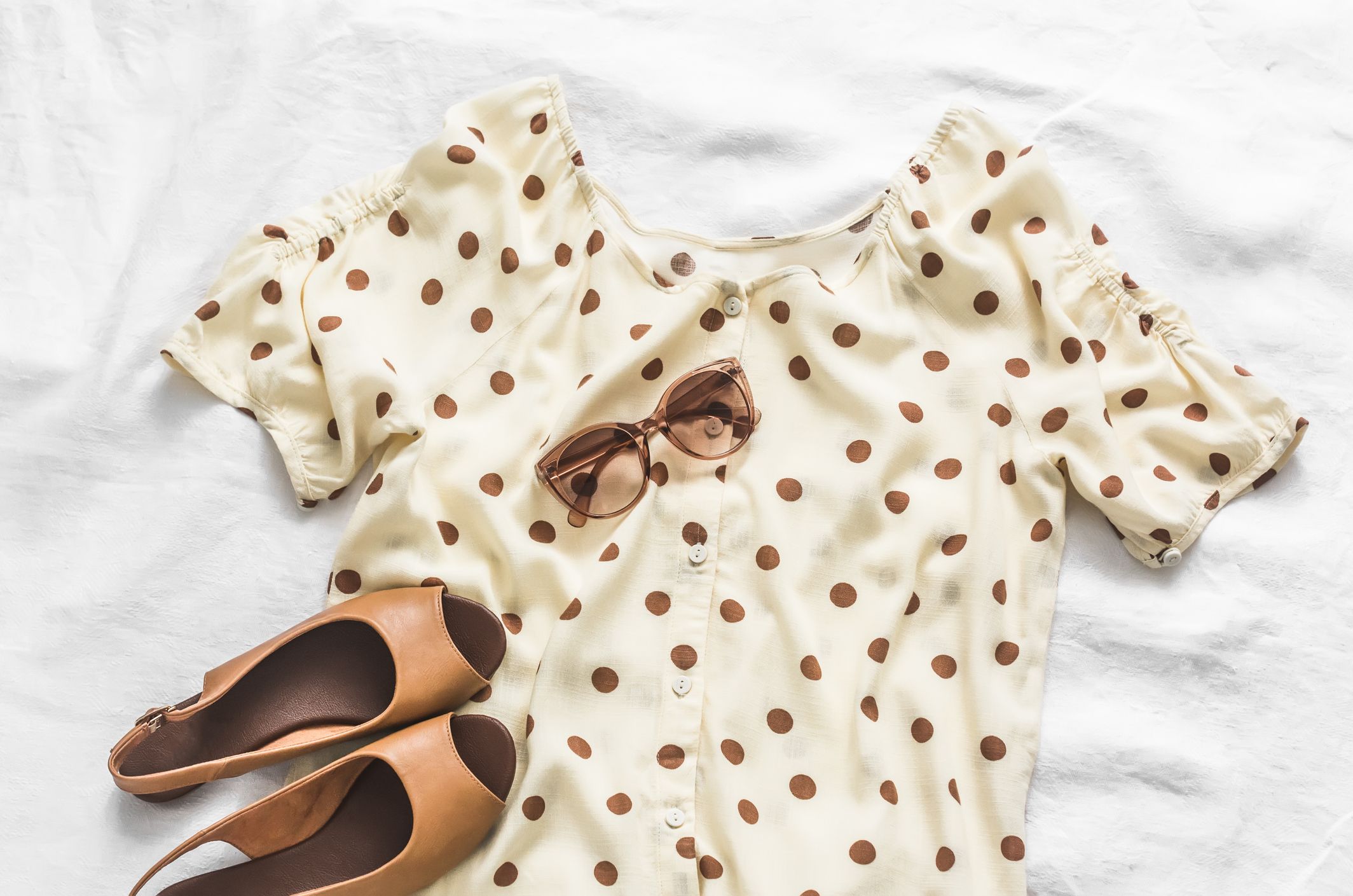
File for trade mark protection as soon as possible
Trade marks allow fashion companies to protect their brand names, logos and key product names.
It’s important to protect your branding as early as possible as, not only are trade marks a valuable business asset potentially lasting indefinitely subject to renewal payments, they are a powerful tool to use against others who try to use a similar trade mark and help prevent confusion in the marketplace.
It is also worth considering whether non-traditional trade marks, such as position marks, colour marks, 3D marks etc may also be of relevance to your brand, as well as the typical word and logo marks.
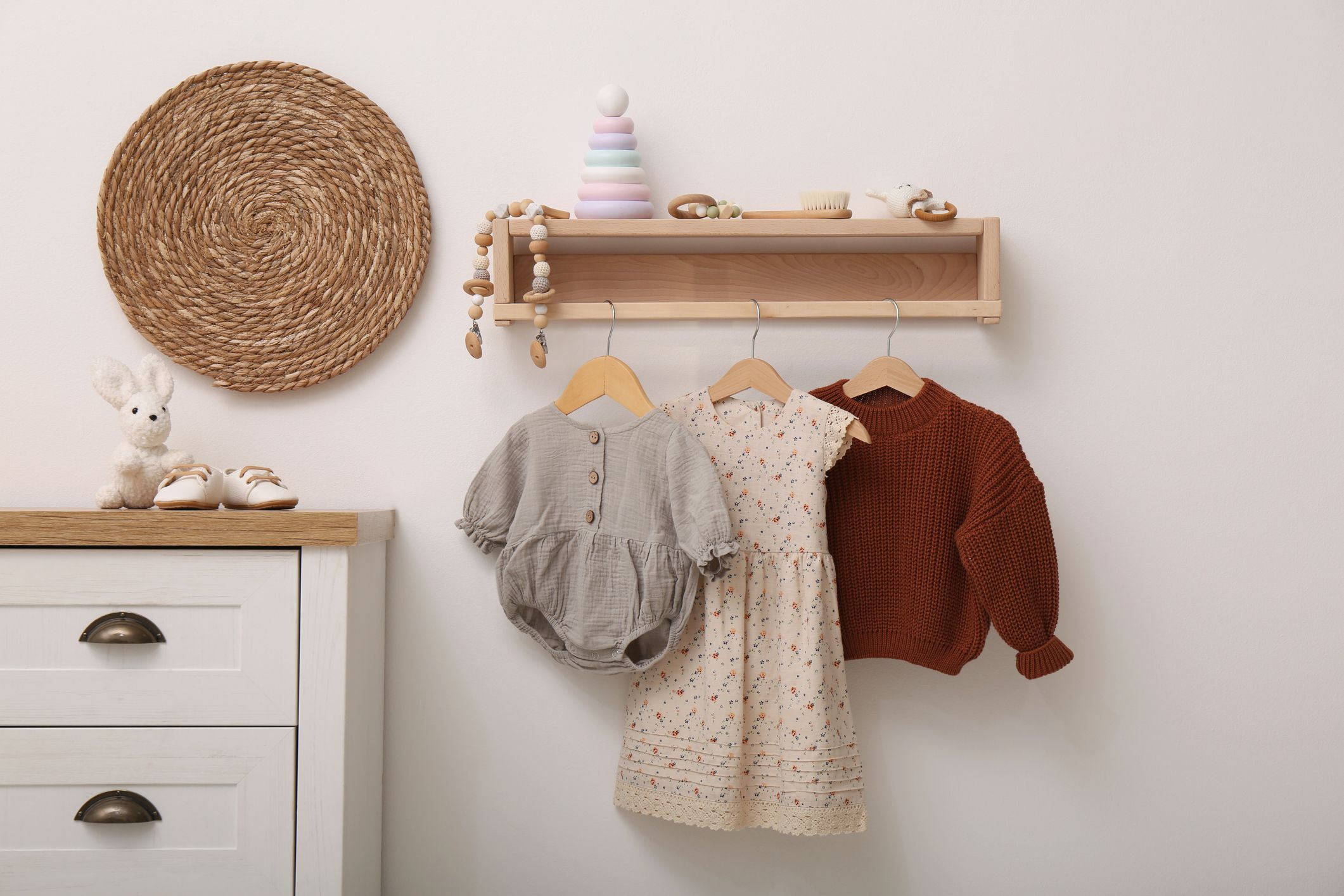
For key fashion items, consider registered design rights
Designs protect the overall shape and visual appearance of a product, which cannot be protected via trade marks. It is generally very quick to register a design (usually within 6 months) and the application fees are low and cost effective as multiple designs can be included.
Whilst design registrations are not indefinite like trade marks, they can last up to 25 years subject to payment of renewal fees. Registered designs provide increased protection, and enable fashion brands to take action against third parties without having to prove copying

Take note of unregistered and automatic rights
In the UK, it is possible to build up unregistered IP rights.
Unregistered trade marks rights may come into play where a brand has been using a name or sign for a long period of time, such that they have acquired goodwill and become “well-known”.
However, it can be difficult to provide sufficient evidence to show that a particular mark is recognised as belonging to a specific fashion brand. Therefore registered protection is advised where possible.
Like with unregistered trade marks unregistered designs arise through use, and you have to prove they exist before you can take action against third parties. Once shown to the public, unregistered design rights can provide protection for 15 years in the UK, or 10 years from the end of the first year of marketing, whichever ends first. These rights may be helpful for short lived but popular fashion items that do not warrant full registered protection. However, unregistered rights can be very tricky to rely on.
The UK also allows for automatic copyright protection upon the creation of (amongst others) artistic works. The point to note is the date and to have a tangible record of this. It is recommended to keep a database of all copyright protected works and creation dates.
The rights sit with the creator, unless a work is created by an employee in the course of employment; in which case, the copyright will be owned by the employer. However, if a piece of work has been commissioned, the copyright will be owned by the designer or artist and will need to be formally assigned.

Get protection in key territories
It is important to seek registered IP protection in countries which are the most important to the fashion business. This is generally dictated by where products are selling in the highest volumes.
For fashion brands in particular, it is advisable to including manufacturing territories (i.e. China) to allow more control over imports and exports (for example, customs authorities can physically detain and destroy counterfeit products if trade mark are registered with them – see more on counterfeiting below).
Further, in some territories, designs must not have been shown to the public before filing.
An IP attorney can work with you to create a filing strategy built around the countries of interest.

IP Monitoring
Brand monitoring is a never-ending exercise but an important aspect of brand protection, particularly with the rise of online IP infringement.
There is a balance to be struck because it is not possible to take action against every activity of concern but it is important to have a consistent takedown strategy in place.
To assist with IP monitoring, it is advisable to have watching services in place for trade marks, company names and domain names to facilitate action at the earliest point.
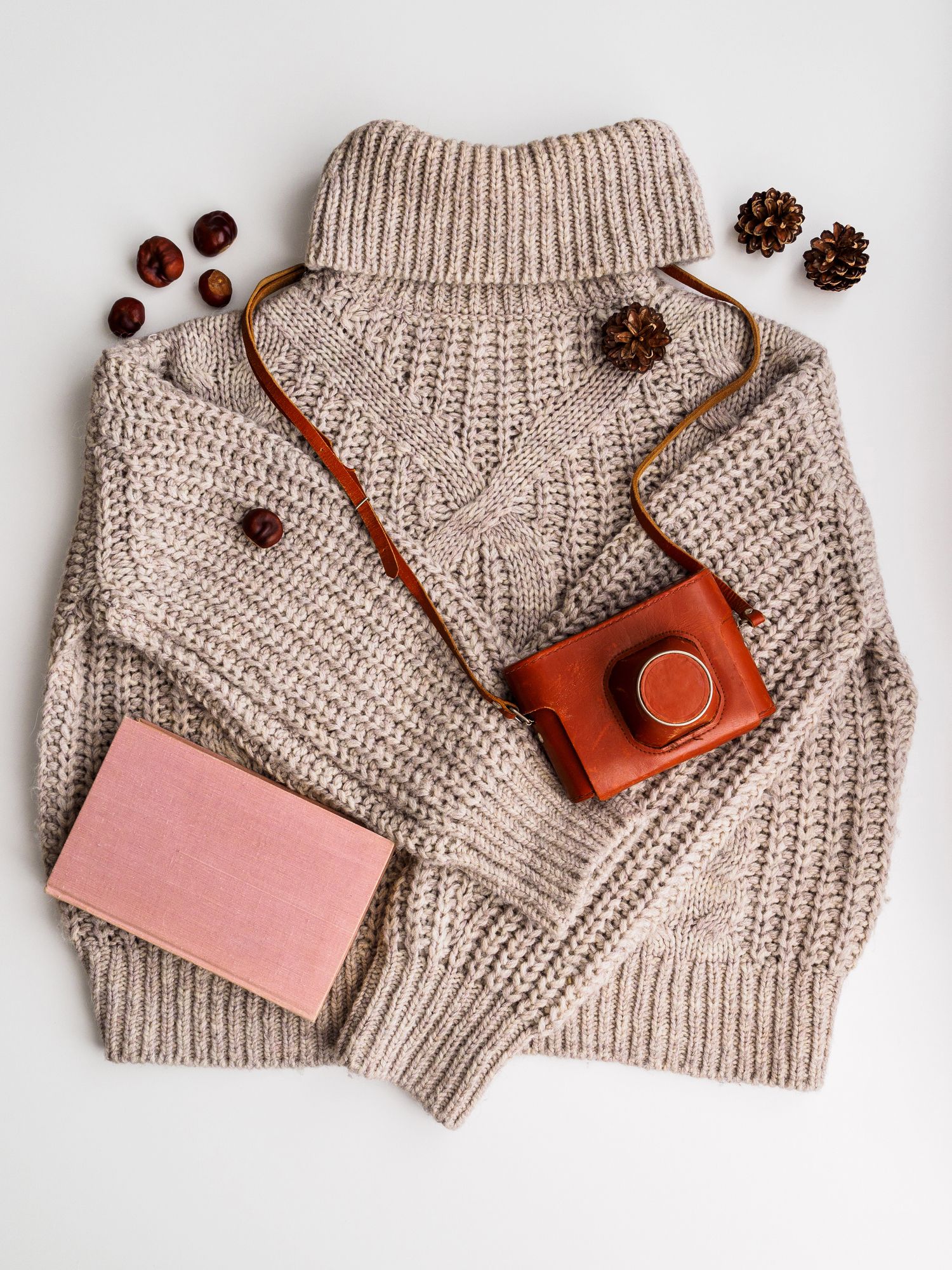
Licensing of IP
The fashion industry thrives on IP licensing. Licensing allows fashion brands to grant another party, typically a manufacturer, the right to use their IP, in exchange for the payment of royalties.
It can also allow fashion brands to expand their product offerings or their scope of production/distribution.
However, it is important to consider all the relevant aspects involved (for example, quality standards, confidentiality and termination clauses etc) to ensure that the brand image is protected and that there is an exit strategy in place.
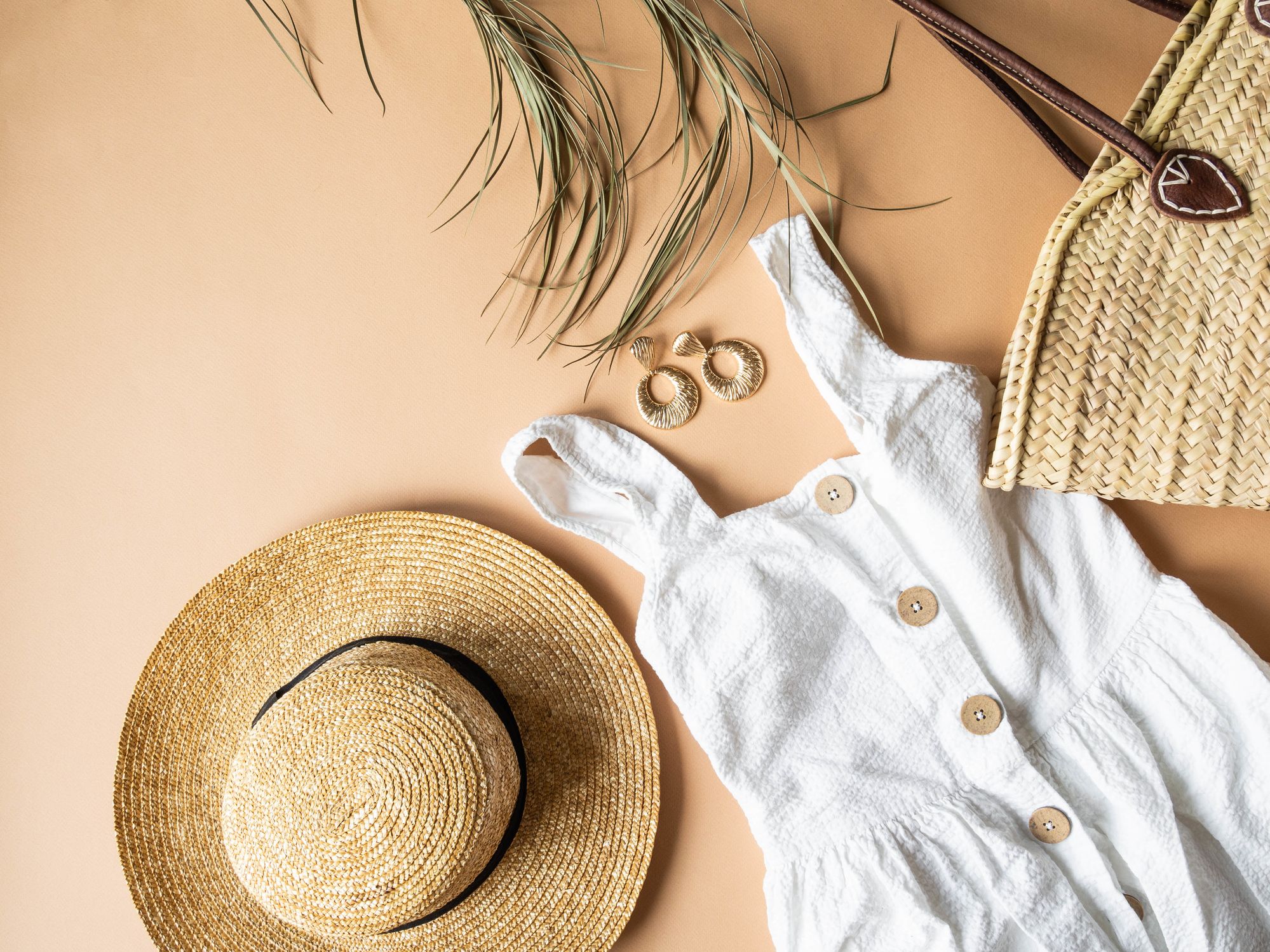
Collaborations/partnerships
It is increasingly common for fashion brands to collaborate with other brands (both related and unrelated to fashion), as well as influencers, celebrities and other people of influence.
Fashion brands should be careful who they collaborate with to ensure they stay aligned with their brand image and target the right consumers.
Having a contract in place which clearly sets out the terms of the collaboration or partnership is the best way to manage such arrangements.
Ownership of IP is something that should be clearly covered in any collaboration contract

Ownership of IP
Fashion brands should ensure that ownership of their IP is in order.
All contracts with third party contractors, designers or collaborators should include a provision on the ownership of any registered IP and for the assignment of any unregistered IP subsisting in the work created.
It is important to keep records of all assignments to and from the business.
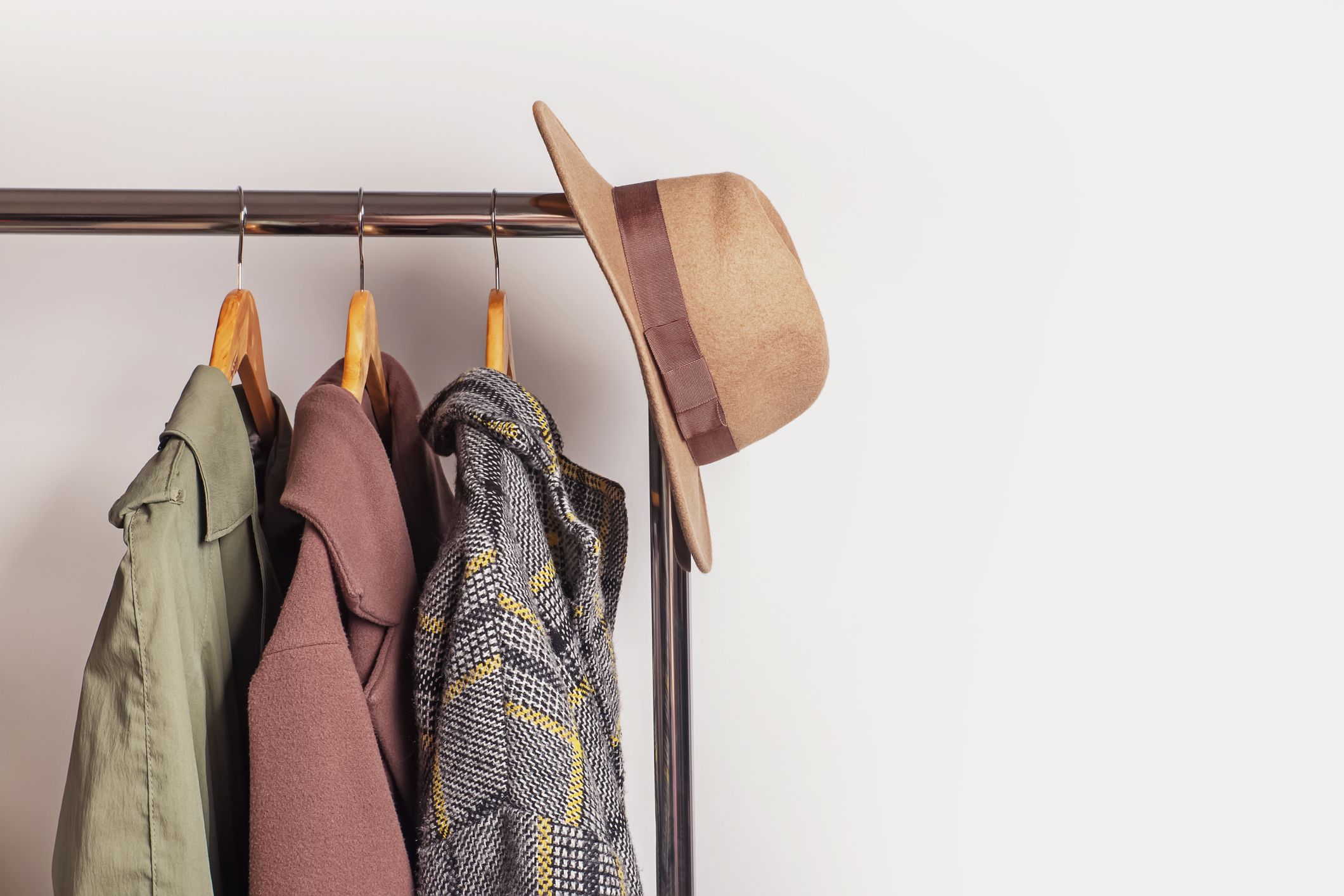
Counterfeiting and copycatting
The rise of the internet, social media and e-commerce has created an ideal breeding ground for counterfeiting and copycatting due to the anonymity it provides and the proliferation of distribution channels.
Counterfeit and copycat goods can damage a fashion brand’s reputation, harm the image of their trade mark protected brand and at worst result in trade mark dilution.
Fashion brands need adequate IP protection in place to maximise the arsenal available to them to take action against counterfeiters and copycats, and they need to constantly monitor online marketplaces to ensure counterfeit products are taken down promptly.
It is also worthwhile considering contacting Trading Standards for assistance in taking down counterfeit products as a cost-effective method.
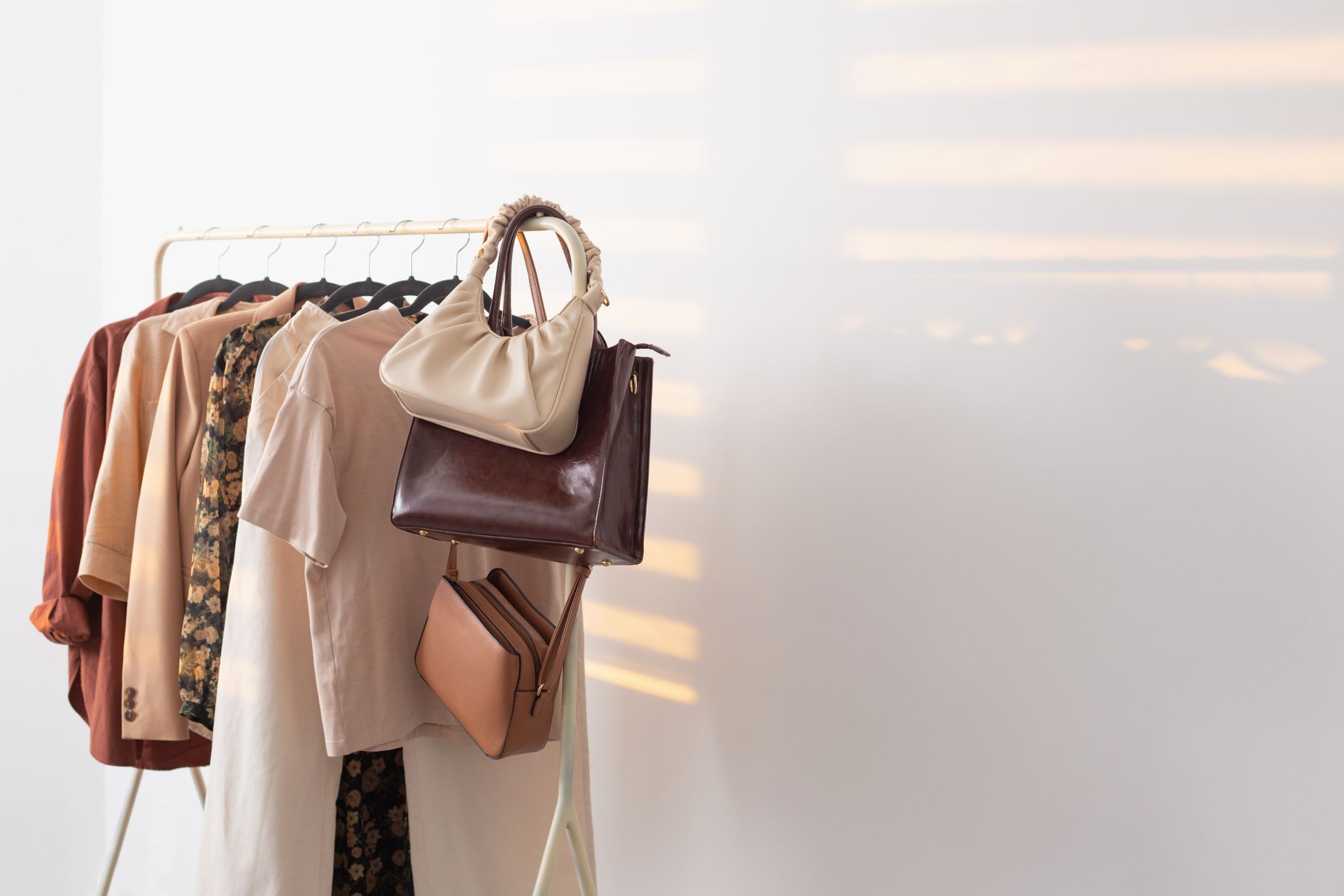
Consider all methods to deal with infringement of your rights
As well as trade mark and design infringement actions, there are a number of low cost ways to deal with infringements.
For example, social media platforms and online marketplaces are required to have a ‘take down’ system in which you can file complaints about unauthorised or infringing use.
These can be relatively quick and effective in taking action.
Learn more about protecting your IP:

Co-authored by Charlotte Wilding, a Chartered Trade Mark Attorney at Keltie
charlotte.wilding@keltie.com

Co-authored by Amelia Skelding, a Chartered Trade Mark Attorney at Keltie
amelia.skelding@keltie.com
